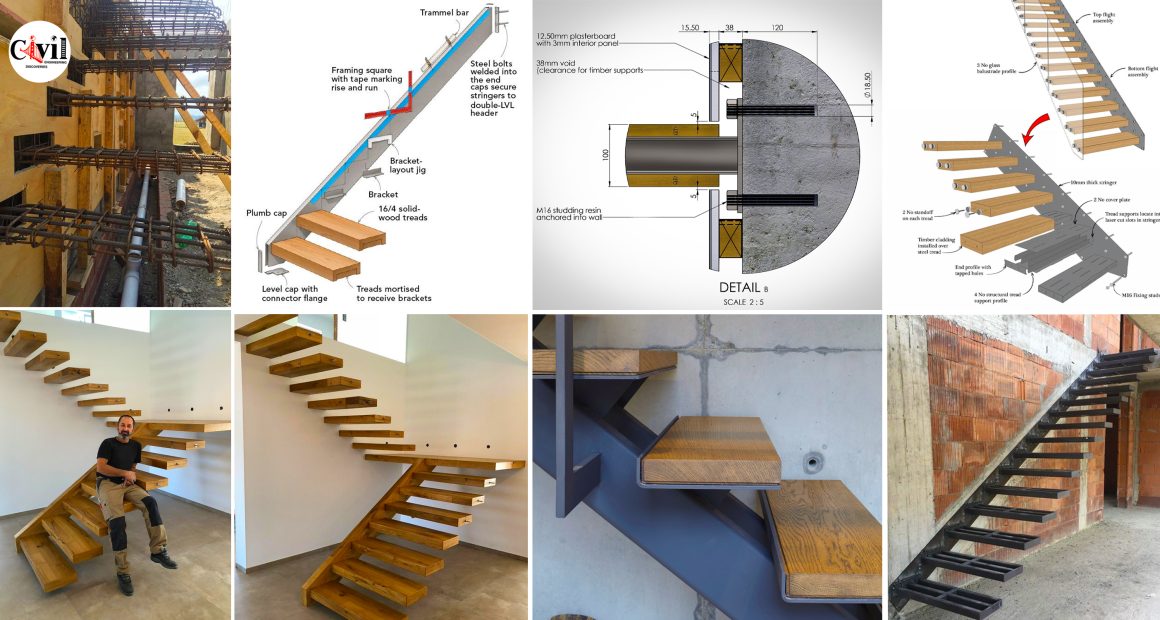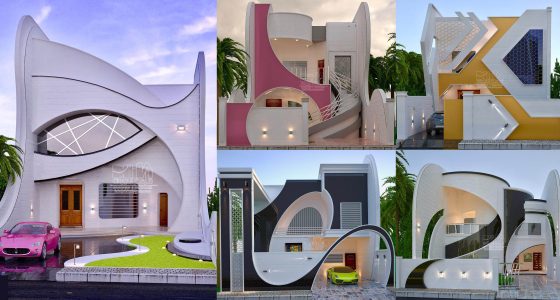Cantilevered stairs are a type of staircase that appears to float in the air, with no visible support underneath the treads. This is achieved by using a hidden support structure, such as a steel beam or a series of cables, that is embedded in the treads or the wall. Cantilevered stairs can be a striking and elegant addition to any home, but they require careful planning and engineering to ensure that they are safe and structurally sound.
Advantages of cantilevered stairs
- Cantilevered stairs can create a sense of openness and airiness in a space.
- They can be a great way to save space, as they do not require a large footprint.
- They can be customized to fit any style of home.
- They can be made from a variety of materials, including wood, metal, and glass.
Disadvantages of cantilevered stairs
- Cantilevered stairs can be more expensive than traditional staircases.
- They can be more difficult to install and maintain.
- They may not be suitable for all homes, such as those with small children or elderly residents.
- They can be more dangerous than traditional staircases, if not properly designed and installed.
How to support cantilevered stairs
There are two main ways to support cantilevered stairs:
Hidden support structure: This is the most common method of supporting cantilevered stairs. The support structure is embedded in the treads or the wall and is hidden from view. This method is relatively safe, as long as the support structure is properly designed and installed.
Exposed support structure: This method is less common, but can be more visually striking. The support structure is exposed and can be made from a variety of materials, such as steel, wood, or glass. This method is more expensive than the hidden support structure method, but it can be a great way to add a unique touch to your home.
Design considerations for cantilevered stairs
When designing cantilevered stairs, there are a few important considerations to keep in mind:
Structural integrity: The stairs must be structurally sound and safe to use. This means that the support structure must be properly designed and installed and that the treads must be strong enough to support the weight of people and furniture.
Space requirements: Cantilevered stairs require less space than traditional staircases, but they still need enough room for people to walk up and down safely.
Style: Cantilevered stairs can be customized to fit any style of home. However, it is important to choose a style that complements the overall décor of the space.
Safety: Cantilevered stairs can be more dangerous than traditional staircases, if not properly designed and installed. It is important to make sure that the stairs have a good handrail and that the treads are slip-resistant.
Click Here To See The Ultimate RCC Stair Detailing Handbook: Your Comprehensive Guide






























